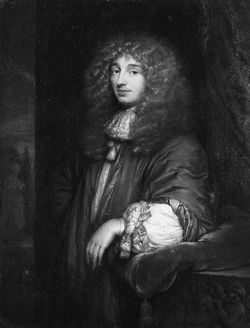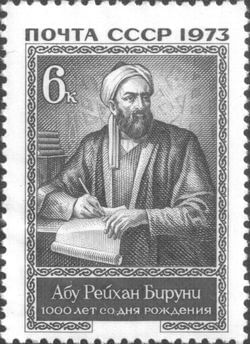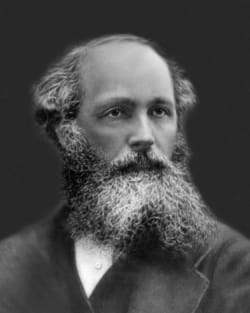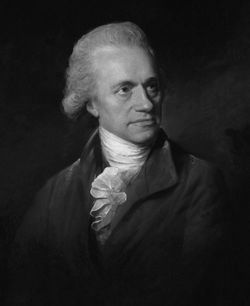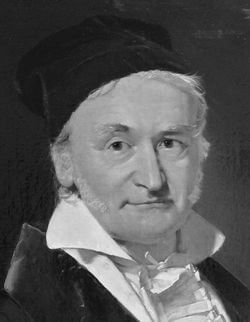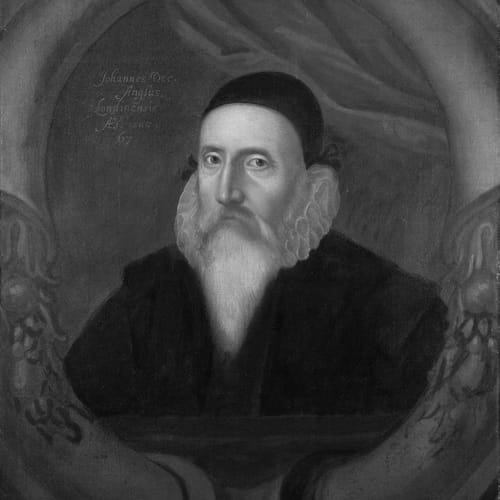
Photo Attribution: Unidentified painter, Public domain, via Wikimedia Commons
John Dee
This example has been viewed 355x times
Summary
Rodden Rating
Analysis for John Dee
Biography
John Dee (13 July 1527 – 1608 or 1609) was an English mathematician, astronomer, teacher, astrologer, occultist, and alchemist.[4] He was the court astronomer for, and advisor to, Elizabeth I, and spent much of his time on alchemy, divination, and Hermetic philosophy. As an antiquarian, he had one of the largest libraries in England at the time. As a political advisor, he advocated the foundation of English colonies in the New World to form a "British Empire", a term he is credited with coining.[5]
Dee eventually left Elizabeth's service and went on a quest for additional knowledge in the deeper realms of the occult and supernatural. He aligned himself with several individuals who may have been charlatans, travelled through Europe, and was accused of spying for the English Crown.[6] Upon his return to England, he found his home and library vandalised. He eventually returned to the Queen's service, but was turned away when she was succeeded by James I. He died in poverty in London, and his gravesite is unknown.
Biography Early life Dee was born in Tower Ward, London, to Rowland Dee, of Welsh descent, and Johanna, daughter of William Wild.[4][7][8][9][10][11] His surname "Dee" is an anglicisation of Welsh du (black). His grandfather was Bedo Ddu of Nant-y-groes, Pilleth, Radnorshire; John retained his connection with the locality. His father Roland was a mercer and gentleman courtier to Henry VIII. Dee traced descent from Rhodri the Great, 9th century ruler of Gwynedd, and constructed a pedigree accordingly. His family had arrived in London with Henry Tudor's coronation as Henry VII.[8]
Dee attended Chelmsford Chantry School (now King Edward VI Grammar School) from 1535 to 1542.[12] He entered St John's College, Cambridge in November 1542, aged 15, graduating BA in 1545 or early 1546.[13][14] His abilities recognised, he became an original fellow of Trinity College, Cambridge on its foundation by Henry VIII in 1546.[15] At Trinity, he designed stage effects for a production of Aristophanes' Peace. Using pulleys and mirrors, Dee was able to create the illusion of "the Scarabeus flying up to Jupiter's palace" in a mechanical contrivance possibly based on rediscovered classical techniques. Dee would later claim this to be the source of his reputation as a magician.[16] In the late 1540s and early 1550s, he travelled around Europe, studying at Louvain (1548) and Brussels and lecturing in Paris on Euclid. He studied under Gemma Frisius and became friends with the cartographers Gerardus Mercator and Abraham Ortelius. Dee also met, worked and learnt from other continental mathematicians, such as Federico Commandino in Italy.[17] He returned to England with a major collection of mathematical and astronomical instruments. In 1552, he met Gerolamo Cardano in London, with whom he investigated a purported perpetual motion machine and a gem supposed to have magical properties.[18]
Rector at Upton-upon-Severn from 1553, Dee was offered a readership in mathematics at Oxford University in 1554, which he declined, citing as offensive English universities' emphasis on rhetoric and grammar (which, together with logic, formed the academic trivium) over philosophy and science (the more advanced quadrivium, composed of arithmetic, geometry, music and astronomy). He was busy with writing and perhaps hoped for a better position at court.[19] On 17 February 1554, Dee took Catholic orders in the midst of the Marian reaction. The Catholic bishop Edmund Bonner, likely already a close friend of Dee's at this point, gave him special permission to receive all of the holy orders from first tonsure to priesthood in only a single day.[20][21]
In 1555, Dee joined the Worshipful Company of Mercers, as his father had, through its system of patrimony.[22] In that same year Dee was arrested and charged with "lewd and vain practices of calculating and conjuring", because he had cast horoscopes of Queen Mary and Princess Elizabeth. The charges were raised to treason against Mary.[19][23][24] Dee appeared in the Star Chamber and exonerated himself, but was turned over to Bonner for religious examination. His strong, lifelong penchant for secrecy may have worsened matters. The episode was the most dramatic in a series of attacks and slanders that dogged Dee throughout his life. At some point, possibly before his charges were officially dismissed, Dee became Bonner's chaplain. In some early editions of John Foxe's Acts and Monuments, Dee, as Bonner's chaplain, is recorded debating the Real presence of Christ in the Eucharist with Protestant prisoner Robert Smith (who accused Dee of Marcionism because his argument in favor of transubstantiation rested on the idea that Christ possessed only a spiritual body) and participating in the seventh examination of John Philpot.[25]
Dee presented Queen Mary in 1556 with a visionary plan for preserving old books, manuscripts and records and founding a national library, but it was not taken up.[19] Instead, he expanded his personal library in Mortlake, acquiring books and manuscripts in England and on the Continent. Dee's library, a centre of learning outside the universities, became the greatest in England and attracted many scholars.[26]
When Elizabeth succeeded to the throne in 1558, Dee became her astrological and scientific advisor. He chose her coronation date and even became a Protestant.[11][27][28] From the 1550s to the 1570s, he served as an advisor to England's voyages of discovery, providing technical aid in navigation and political support to create a "British Empire", a term he was the first to use.[29] Dee wrote in October 1574 to William Cecil, 1st Baron Burghley seeking patronage. He said he had occult knowledge of treasure in the Welsh Marches and of valuable manuscripts kept at Wigmore Castle, knowing that the Lord Treasurer's ancestors came from the area.[30]
In 1564, Dee wrote the Hermetic work Monas Hieroglyphica ("The Hieroglyphic Monad"), an exhaustive Cabalistic interpretation of a glyph of his own design, meant to express the mystical unity of all creation. Having dedicated it to Maximilian II, Holy Roman Emperor in an effort to gain patronage, Dee attempted to present it to him at the time of his ascension to the throne of Hungary. The work was esteemed by many of Dee's contemporaries, and the royal secret service valued its treatise on cryptography, but it cannot be fully understood today in the absence of the secret oral tradition of that era.[31]
His 1570 "Mathematical Preface" to Henry Billingsley's English translation of Euclid's Elements argued for the importance of mathematics as an influence on the other arts and sciences.[32] Intended for an audience outside the universities, it proved to be Dee's most widely influential and frequently reprinted work.[33]
In 1577, Dee published General and Rare Memorials pertayning to the Perfect Arte of Navigation, a work setting out his vision of a maritime empire and asserting English territorial claims on the New World. Dee was acquainted with Humphrey Gilbert and close to Sir Philip Sidney and his circle.[29]
Source: https://en.wikipedia.org/wiki/John_Dee
*** John Dee's time of birth is in question. We tested all times mentioned courtesy of astro databank, and we believe the AM time fits the best, both in terms of character & life of John Dee & also, in terms of sabian symbol correlations. Symbols of the moon and the glyph should not be relied upon. Other symbols are ok. Gaia
Raw Data
Horoscope Data
Comments
Natal Data
1527-07-23 04:35:00 GMT
51° 28′ 7.5″ N 0° 15′ 45.9″ W
Mortlake, London, UK
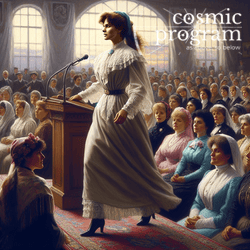

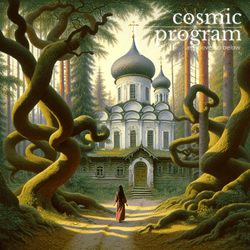
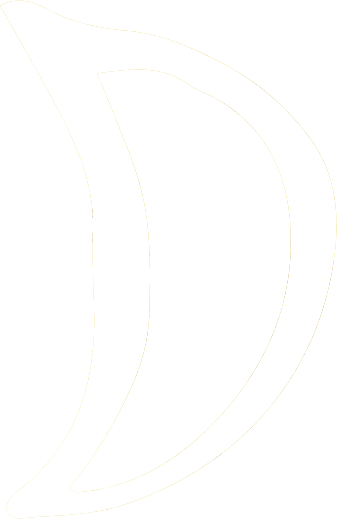



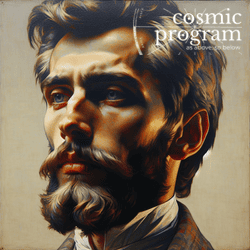


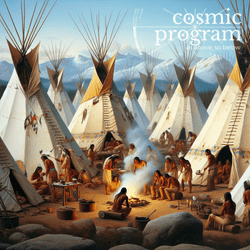


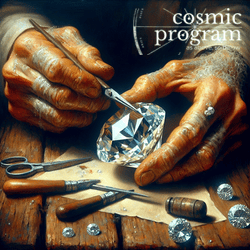

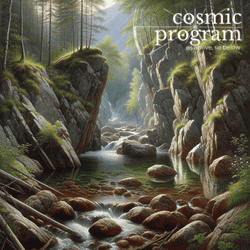
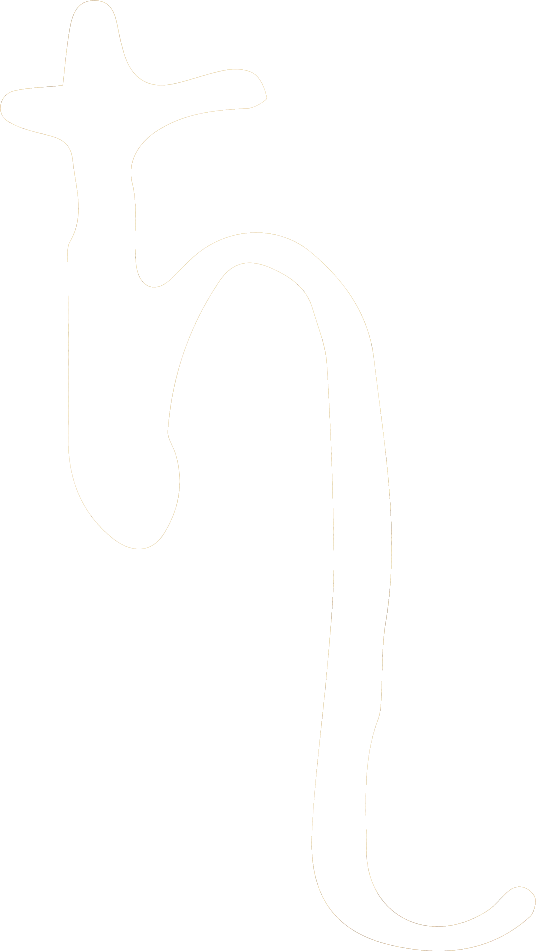
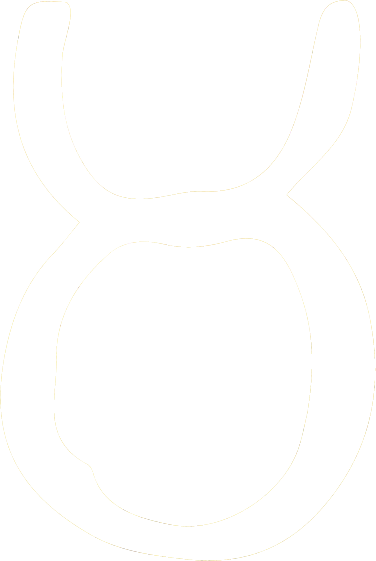
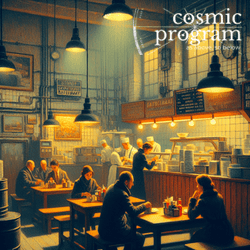


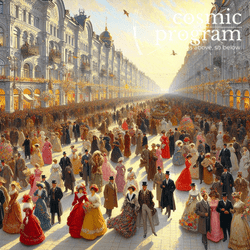


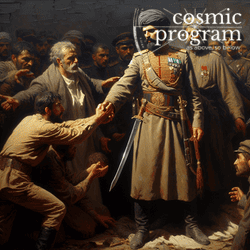

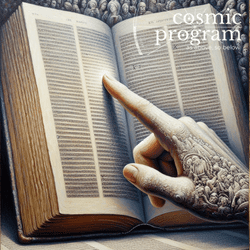
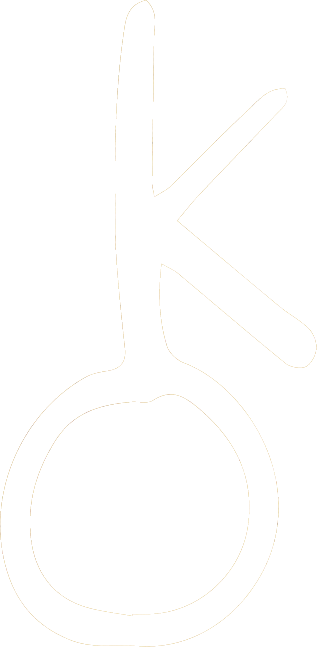
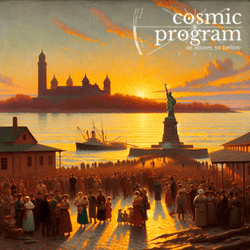


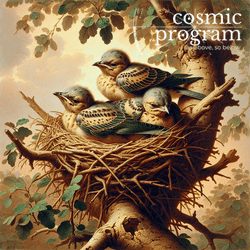


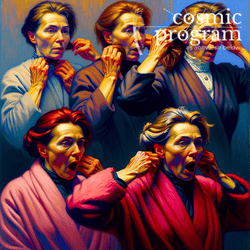


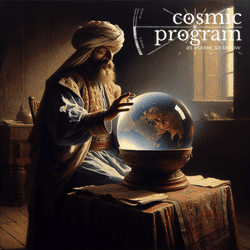

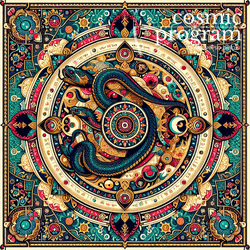
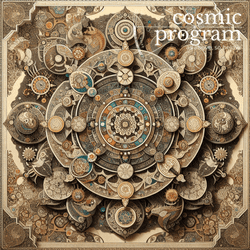
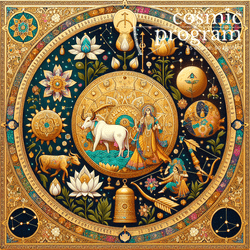
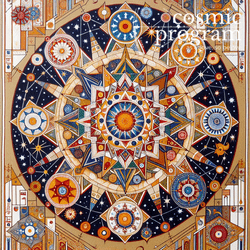
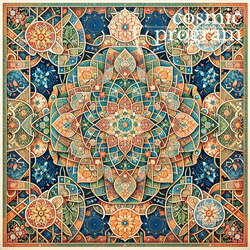
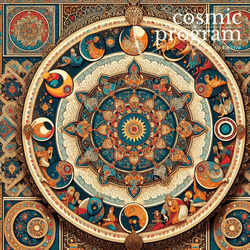
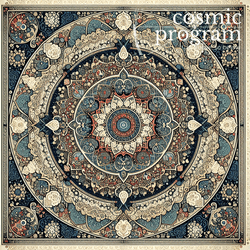
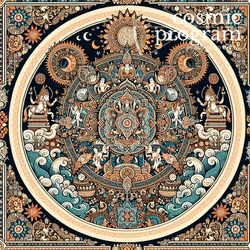
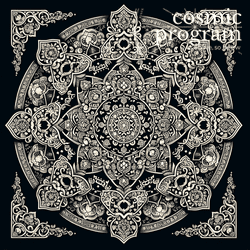
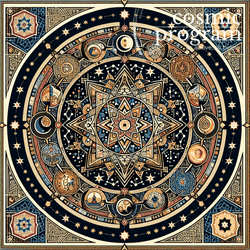
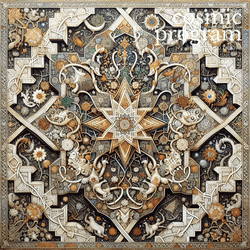
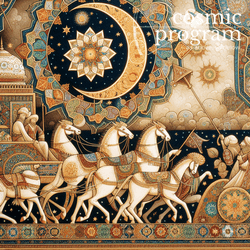
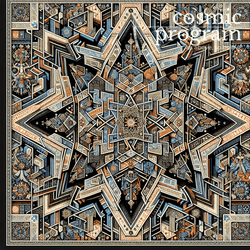
.png?bossToken=9cbc2242287a9d8db8cc0cd1844f71a0778e75a848c7e3293c144d4497278e2e)
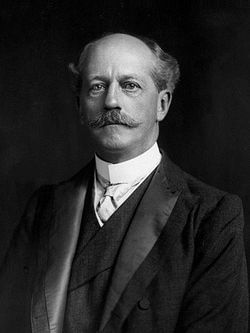
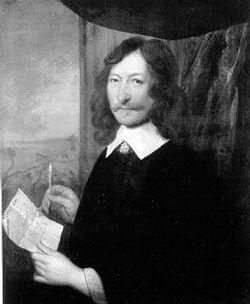
.png?bossToken=2c2a8099971eda5609f2bca07c3388a27d24dc486153cfdde42c5abb491875be)
